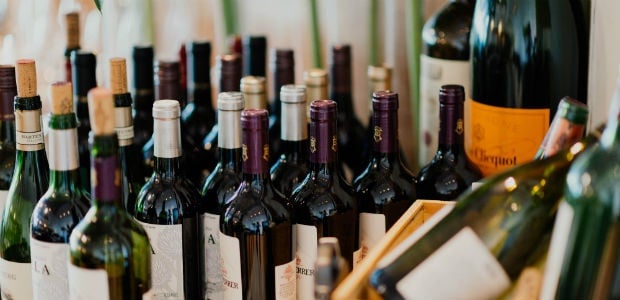
The industry is awash with laurels and endorsements, with new ones appearing every year; just last month, for example, I attended the new East Rand Box Wine Awards, where the Hugo Bel Die Polisie chardonnay scooped top honours. (I might have made that up…)
How important are wine awards?
The number of different accolades can be confusing, particularly when bottles start looking like my five-year-old daughter’s sticker books. And when the same wine gets a markedly different score or rating from two different sets of judges, it does make you wonder just how the appraisal systems work. But those differences sit at the heart of wine appreciation, which even in a blind tasting is a deeply subjective art, based on personal palate and preference. And a sprinkling of stickers on a bottle is generally a decent guide for the wine buyer in need of a little assistance, particularly when wanting to try something new or different.
I’ve attended or been involved in assorted awards over the years, and two over the last month have had me thinking about the role they play in the industry: the Michelangelo Awards, which I hosted for the first time this year, and the Sommelier Selection, which I’ve been happily attending for the last few years. The formats of the two are very different, with Michelangelo the more traditional of the pair: a huge number of entries, a large team of judges from all over the world, and gold, double gold and platinum awards celebrating the top entries, with individual trophies for the very best.
To enter or not to enter?
And it was the trophies in particular that caught the eye. As with all such competitions, the awards can only be given to wines entered, and certain brands and estates choose not to enter particular spaces (and in some cases, don’t enter any awards shows at all). But from a sizeable number of entries, Michelangelo had multiple winners in a very affordable price bracket. From Van Loveren’s Christina winning the Cap Classique Trophy, and Neethlingshof taking melon honours, to Rooiberg taking home the Cape Blend Trophy, and Arabella lifting the sauvignon blanc title, the podium saw a great deal of acclaim for wine that’s within reach of a lot more people than you’d expect for top awards. And while you can instantly name your own contenders for those very same trophies, the fact that an international crew of judges made the calls on a blind tasting gives those trophies well-deserved acclaim.
That endorsement is important; equally so of the Sommeliers Selections, where a number of South Africa’s finest sommeliers come together to taste and rate a selection of wine. The fact that the judges here are a crucial interface in the wine industry makes for an industry seal of approval, but what makes this space particularly appealing is the categories employed. Economically savvy; fresh and crunchy; voluptuous and rich; luscious and aromatic – its palate and mouthfeel over strict varietal, which is both fun and accessible for the wine drinker still getting a feel for the nuances of the grape.
With Wikus Human amongst the sommeliers making the selections – under the guiding eye of Darielle Robertson, whose wine event empire grows by the week – the final wines chosen made for a wonderfully eclectic collection. Five wines got special endorsement: the 2018 Glen Carlou chardonnay and 2014 Plaisir de Merle Grand Plaisir in the elegant and classy categories; Idiom’s 2015 Bordeaux blend in voluptuous and rich; and Villiers NV Tradition Brut and Peter Valke 2013 MCC in the fizz category. But there were plenty of other attractions at the showcase tasting: Lothian Vineyards have a riesling the Germans would happily claim as their own; Zevenwacht has worked wonders with a gewürztraminer that pays similar tribute to Western Europe; and the Wildekrans Barrel Select Pinotage Reserve continues my recovery from an aversion to pinotage.
If you are wanting expert wine suggestions, join the Food24 Wine Club – where you’ll receive monthly bottles chosen for you by wine guru, Wade Bales.
You are the only judge of the wine in your glass
But as much as the calls are made by international judges and top sommeliers, and as high as I regard the collective expertise of those making the calls, there’s ultimately only one judge for any wine: the person drinking it. Which is exactly the mantra I have at Dan Really Likes Wine: it’s a good wine if you like it, and a bad wine if you don’t. No matter how many stickers there are on the bottle.
WHAT I’VE BEEN DRINKING THIS WEEK: I sampled numerous wines at the Sommeliers Showcase, and one of the economically savvy whites that stood out was De Kleine Wijn Koöp’s Klipkers Wit. A grenache blanc-led blend, fortified with some verdelho and grenache gris, it’s an inexpensive way of taking the step beyond sauvignon blanc for those who explore other whites hesitantly. It’s the same broad mouthfeel but with more structure, a fuller flavour, and some lovely fruit.




